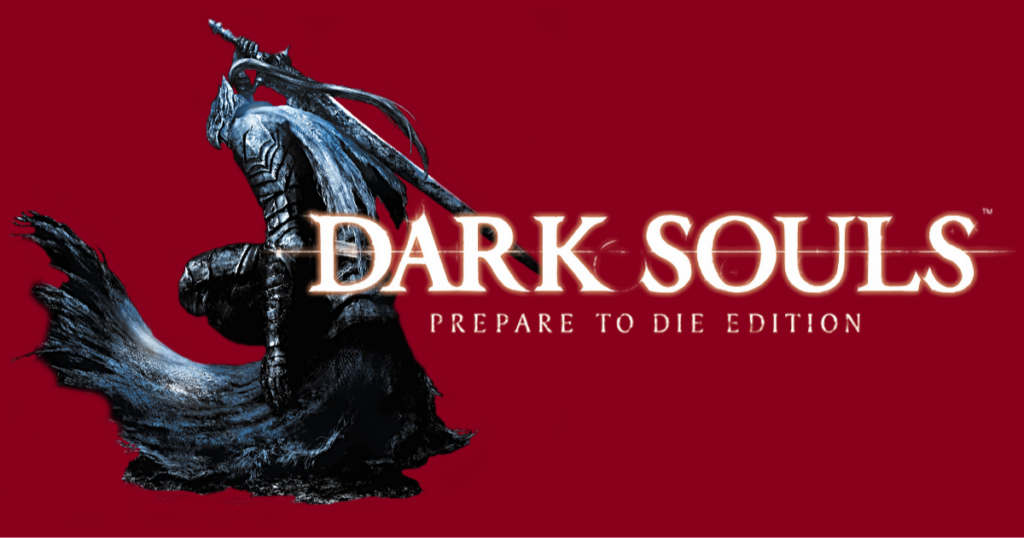
The first entry in the Dark Souls series was some kind of baptism of fire for a lot of us.
The game’s challenging lore, intricate story, and gameplay difficulty provided feats that were shared with friends to achieve bragging rights and an untarnished reputation.
I always loved to find and overcome these challenges in video games. I still remember Hollow Knight’s Path of Pain (by the way, here’s an article about the game’s lore) that tested my patience for two weeks, or the Adamantoise in Final Fantasy XV which took me around six hours to defeat.
And let’s not forget Cuphead. That nightmare is hard to overlook.
My Dark Souls experience.
Before it took the whole YouTube Gaming community by storm, Dark Souls was shrouded in mystery. I remember feeling overwhelmed by its reputed difficulty; when I finally played it, I was terrified to move beyond the first prison area of the Northern Undead Asylum, let alone the rest of Lordran.
I was right to be terrified.
Dark Souls is relentless. It beats you down on the floor and tells you to “git gud” with no pity whatsoever. Each boss teaches you a valuable lesson applicable to both game and life: learn from your mistakes; be patient.
These challenging experiences are framed by beautiful design. The orchestral music accompanying every boss fight, the “Berserk”-like art design that has become a staple of From Software’s games, and the intricate lore of Lordran create a world rich with stories and events, both past and present.
You can play the entire game without knowing anything about the lore of Dark Souls, much like an echo from this article about Silent Hill. However, it becomes a much more meaningful journey when you uncover the history of the places and people you encounter.
There is no way to cover every aspect of the Dark Souls lore in a single article, lest I go mad, but together we can at least understand how it all started.
How the Lore of Dark Souls Began: The Age of the Ancients
“In the Age of Ancients the world was unformed, shrouded by fog. A land of gray crags, Archtrees and Everlasting Dragons.”
– Dark Souls opening
We hear these words the moment we start Dark Souls, and they provide a glimpse into the world’s infancy.
The Everlasting Dragons were immortal creatures ruling over a still, gray world. The only elements breaking up the monotony were the Archtrees: mysterious giant trees whose purpose remains speculative.

Some belive the Archtrees hold the world of Dark Souls in place, while others think that their branches connect other worlds in the Soul series including Bloodborne, where Archtrees can be seen from the Hunter’s Dream. Here’s a great reddit post with people speculating about it.
What we know for certain is that at some point, fire came into existence. This very fire brought light and dark, life and death, and with it, the concepts of time and change. Life emerged, but its initial form remains unknown. What we do know is that this fire contained the core elements known as Lord Souls, and some of these new beings discovered it.
These beings would later plunge the world into a massive war, shaping it into a new age and forging the intricate lore of Dark Souls.
The Lord’s Souls
The beings who found the Lord Souls now have forms that we may recognize: they are mainly humanoid, though larger than a human but smaller than a giant. Each inherited a Lord Soul, representing one of the four elements brought by the fire.
Nito, the First of the Dead
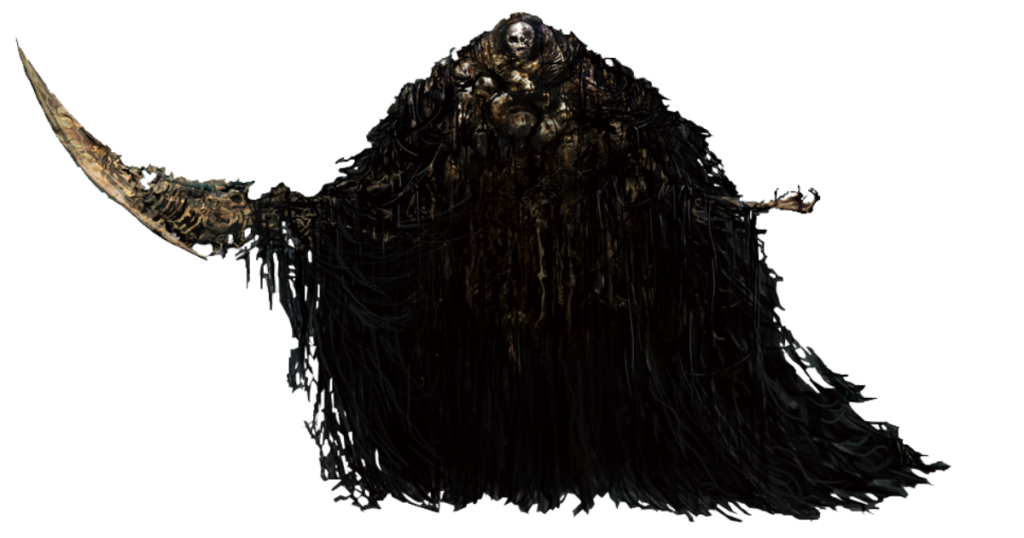
Nito is the entity who finds the Death Soul, making him the first to experience death. He appears as a formless amalgamation of skeletons, but game files suggest he is actually a large skeleton among the smaller ones.
The Witch of Izalith
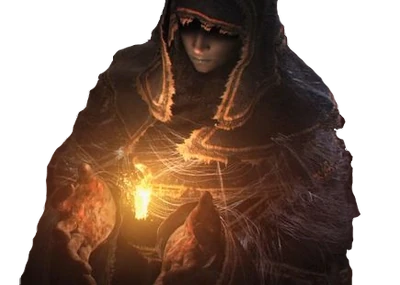
Resembling a human woman, the Witch of Izalith—whose name is never revealed—finds the Life Soul. This discovery grants her the ability to manipulate the chaos flame, leading to significant events in the Dark Souls lore. She has several daughters (and a son, who becomes the problematic Ceaseless Discharge), with whom she shares the Life Soul.
Gwyn, Lord of Sunlight
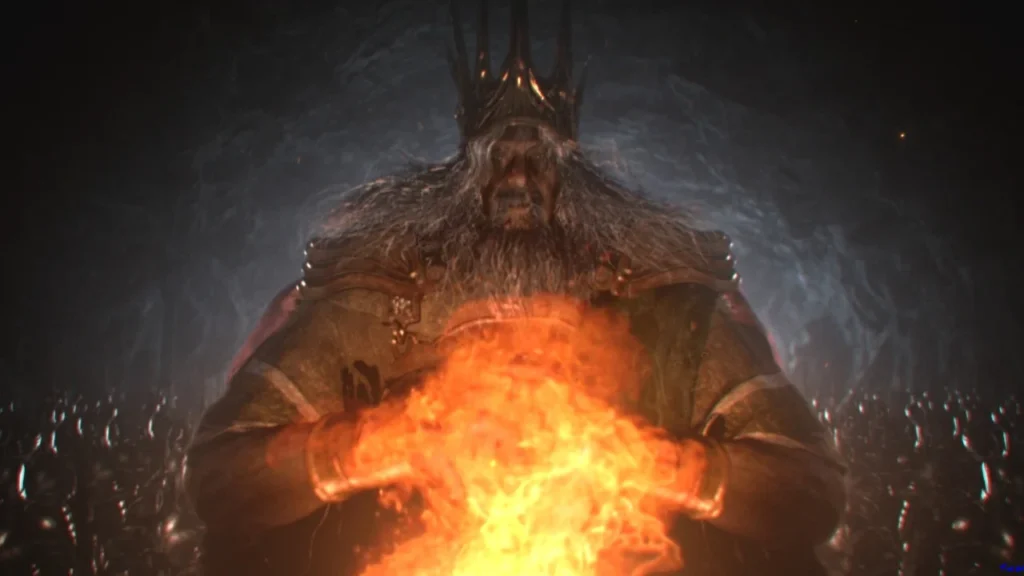
By far the most important of the four Lords, Gwyn finds the Light Soul, which he shares with his army, the largest in all of Lordran. Tall and imposing, Gwyn gains the power of lightning, which proves incredibly useful in future events.
The Furtive Pigmy (so easily forgotten)
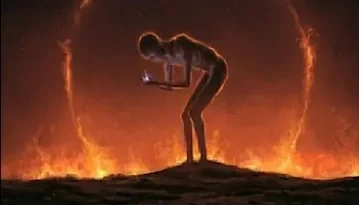
Another humanoid, though we see little of his shape beyond a single scene in the opening cutscene. The Furtive Pygmy is the owner of the Dark Soul and the progenitor of humanity. Playing the third and final game in the series sheds new light on his role and importance, which I will only partly cover in this article.
These characters and their actions are central to the rich and complex lore of Dark Souls, each contributing to the unfolding story of this dark and intricate universe.
The War Begins
With that newfound power, the four Lords waged war on the Everlasting Dragons. The battles were fierce but often ended in stalemates because the dragons were immortal, and their scales made of stone. That is a tricky thing to manage, I guess.
At this moment, we are introduced to another particularly important character: Seath the Scaleless. As his name suggests, Seath was a dragon born without scales. Since the scales are what make dragons immortal, Seath grew jealous of his kin. This jealousy led him to betray his species, defecting to Gwyn and revealing the secret to defeating the dragons.
Conveniently, the Everlasting Dragons are weak to lightning.
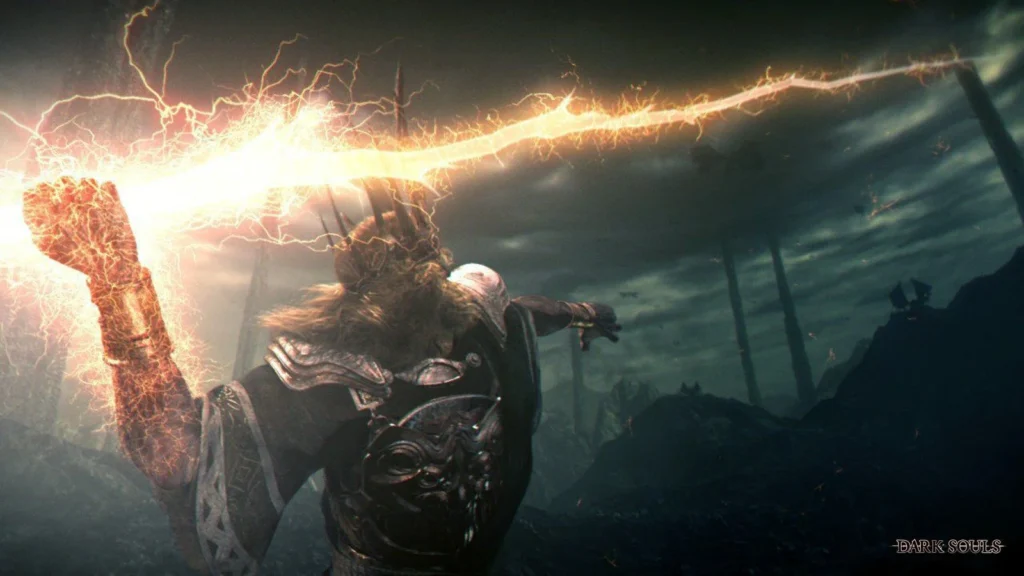
The war did not last long after this revelation. Gwyn, wielding lightning like Zeus, shattered the dragons’ scales while Nito, the Witch of Izalith, and the Furtive Pygmy finished them off. With almost all the dragons dead, their reign over Lordran ended, ushering in a new era: the Age of Fire.
This monumental event is a crucial part of the Dark Souls lore, setting the stage for the intricate world and story that players explore throughout the game.
The Age of Fire
With the war in the past, the Lords turned their attention to shaping the destiny of Lordran—for better or worse, with a focus on “worse,” in my opinion.
At least it started great! Gwyn founded the beautiful city of Anor Londo and established his throne there. Nito went underground to continue managing the dead. The Witch of Izalith began experimenting with powerful sorceries and pyromancies, while the Furtive Pygmy split his Dark Soul into several fragments, creating humanity. As a reward for his role in the war, Gwyn gifted him a city at the edge of Lordran, after which he fades from the Dark Souls lore we care about right now.
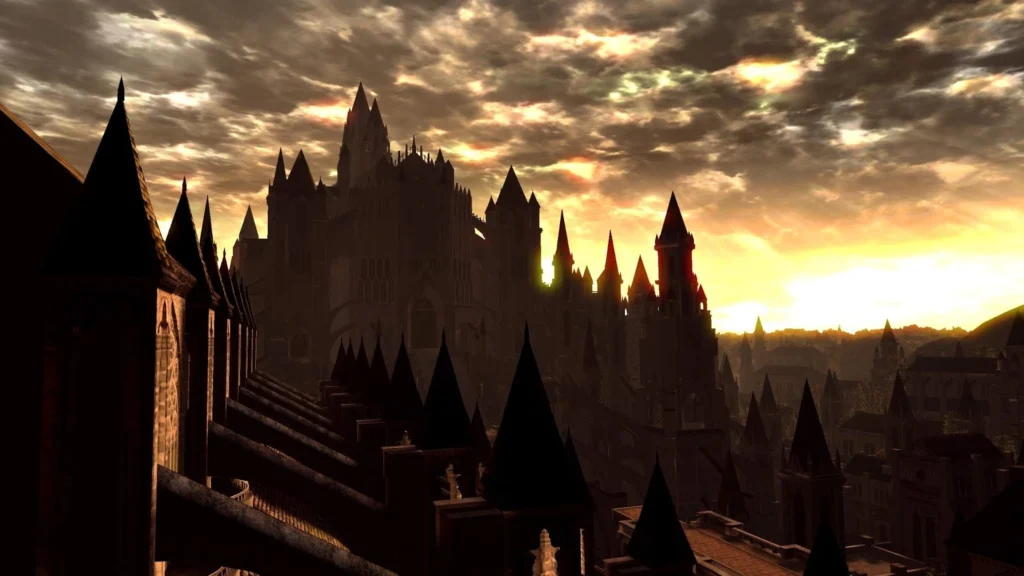
However, a problem arose that threatened the Lords’ sovereignty: the First Flame, the very fire that created and fueled the Lord Souls, began to fade. Since their power was connected to the First Flame, its waning meant their power would diminish as well.
In response, the Witch of Izalith made the grave mistake of attempting to replicate the First Flame. The experiment failed catastrophically, resulting in a warped version of her expectations: she created the Bed of Chaos, an entity responsible for the birth of all the demons in the world.
Perhaps the First Flame must fade for another age, the Age of Dark, to begin. This critical juncture in the Dark Souls lore marks the transition from the Age of Fire to the impending Age of Dark, highlighting the complex and cyclical nature of the Dark Souls universe.
The Curse of Undeath
But Gwyn did not want to accept this fate. He devised a solution, later known as the First Sin, which involved rekindling the First Flame using a powerful soul—his own. This act of rekindling would result in an endless loop, where others would be bound to do the same to keep the Age of Fire going.
But who would follow him? Gwyn had plans for that too: humans.
As the flame faded, humans grew stronger. Gwyn inflicted humanity with the curse of undeath and its mark, the Darksign, binding their lives to the Flame.
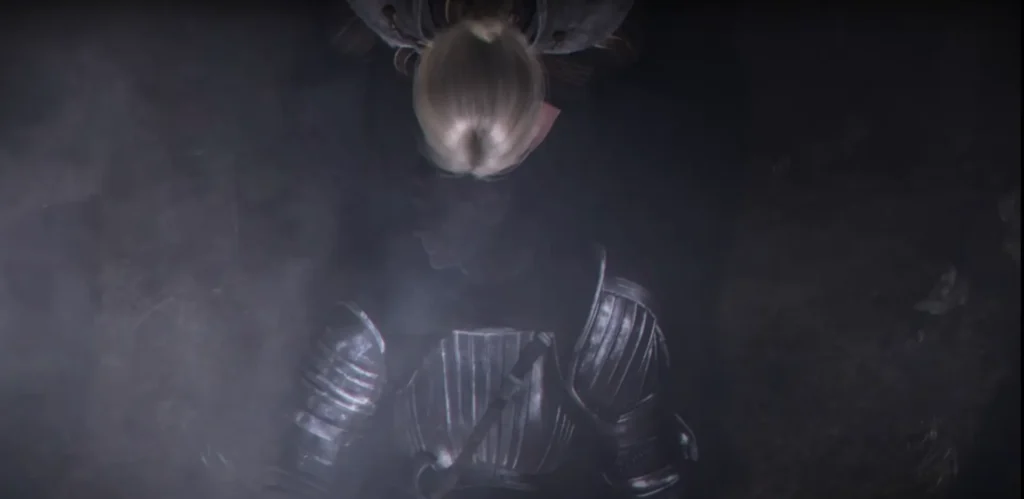
This curse prevented humans from dying, hence the name “undead curse,” but it came with a bitter cost: each death experienced would make humans hollow, causing them to gradually lose their souls until they became soulless and completely insane.
To prevent this, the First Flame must be kept alive, and rekindling the Flame requires a human to possess a soul as strong as a Lord’s Soul. The best way to fortify a soul is by acquiring other souls… through killing pretty much everything in sight.
This is where your character, a human afflicted by the undead curse, wakes up in a cell and learns of a prophecy about the Chosen Undead and their pilgrimage to Lordran, the land of the Lords.
It is now up to you to choose: will you link your soul to the Flame and keep the Age of Fire alive, or will you lead Lordran into an Age of Dark?
By weaving the complex and cyclical nature of the Dark Souls lore into your journey, you become a crucial part of the unfolding story in this dark and intricate universe.
Good luck, and git gud.

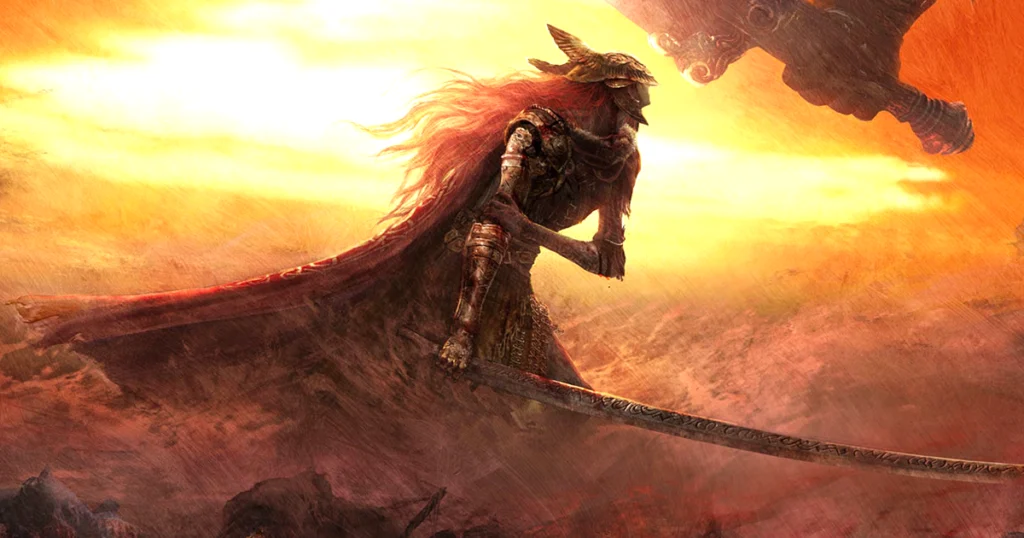
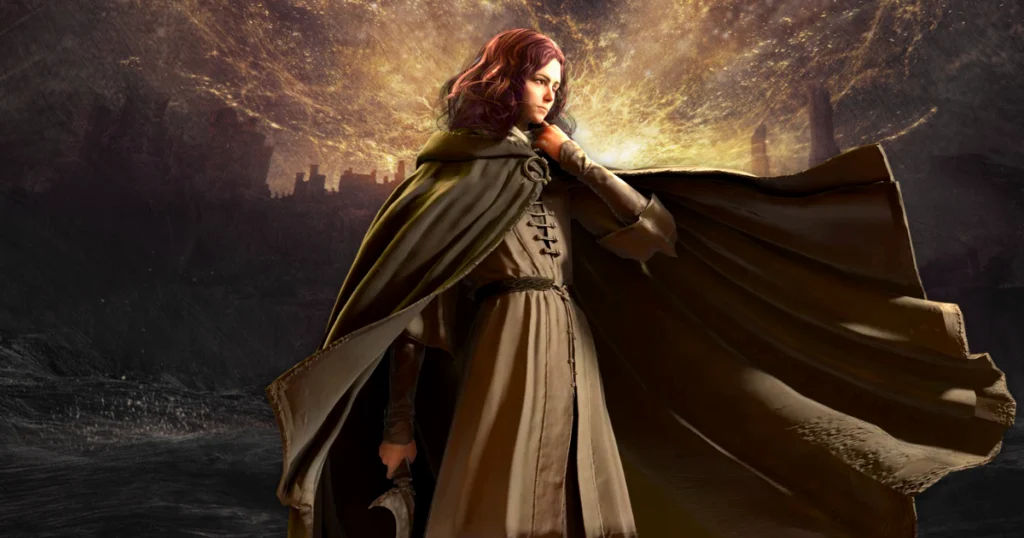
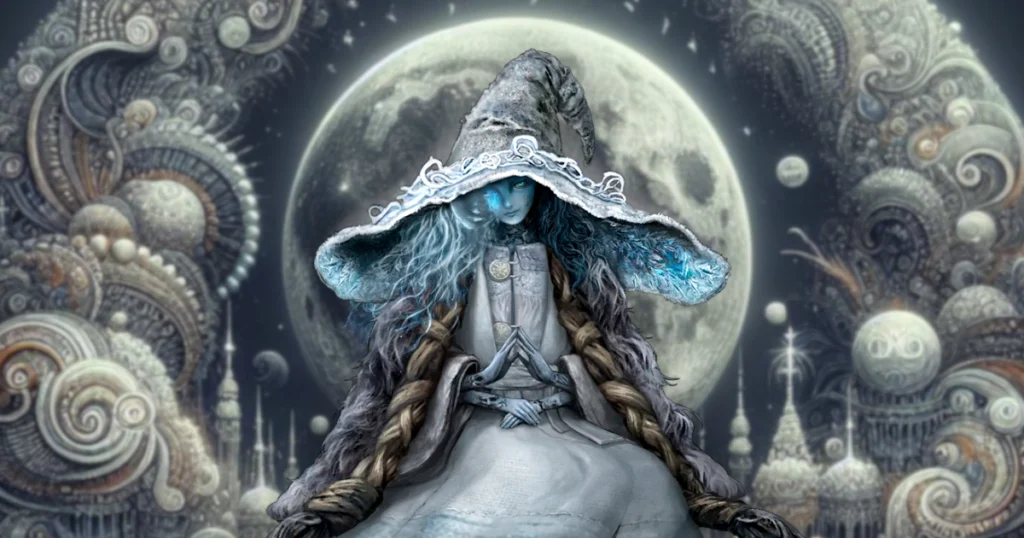
Pingback: The Biggest Medieval Weapons In World’s History
Pingback: Rennala, The Saddest Story of Elden Ring
Pingback: What Exactly Is the Elden Ring? | The Analytical Geek
Pingback: The Complete Lore of Frostmourne – World of Warcraft
Pingback: The Story of Silent Hill: An Analysis
Pingback: A Guide To Dark Souls - echofox.gg
Pingback: Granblue Fantasy: Relink Review – Is It Worth It?
Pingback: Review | Granblue Fantasy: Relink – Is It Worth Playing?
Pingback: Solaire of Astora Lore: Praising The Sun in Dark Souls